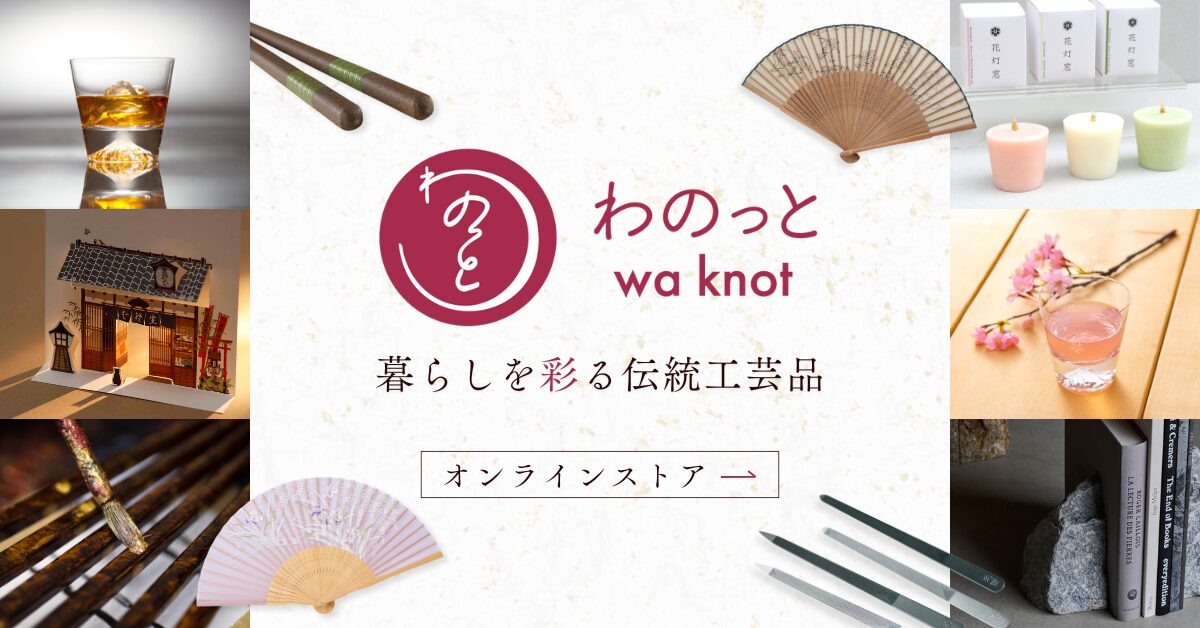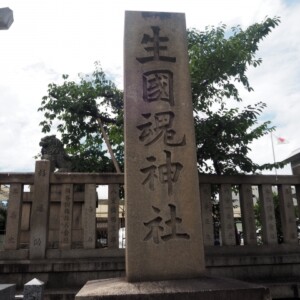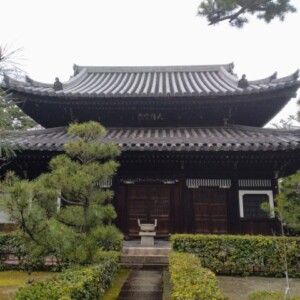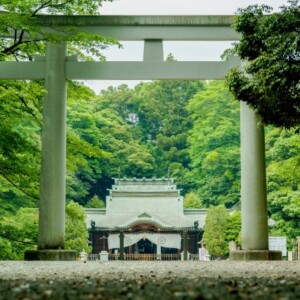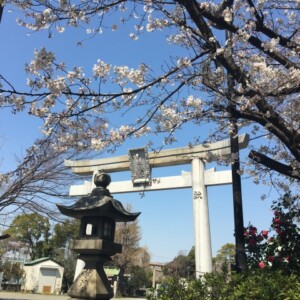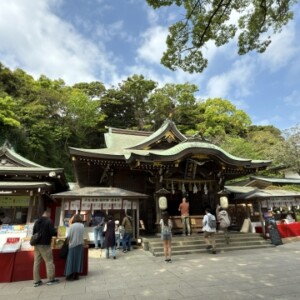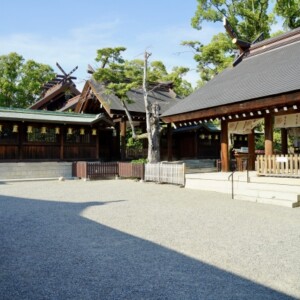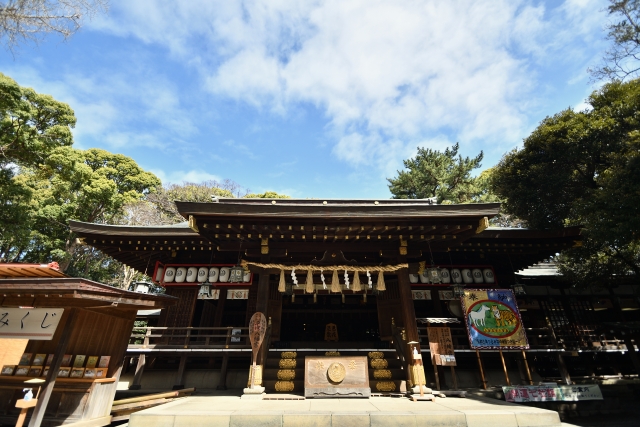
Hiratsuka Hachimangu Shrine|Complete guide to the history, highlights, and worship information of this historic shrine
Hiratsuka Hachimangu Shrine, located in Hiratsuka City, Kanagawa Prefecture, is a historic shrine with a history of over 1,600 years. It was called Tsuruminezan Hachimangu Shrine in ancient times, and continues to be loved by many worshippers as the sacred site of Sagamiguni Ichikokuichi-sha.
Hiratsuka Hachimangu Overview and Basic Information
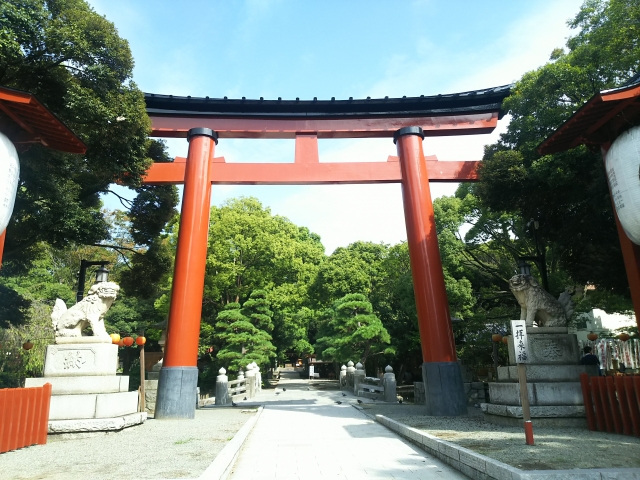
Hiratsuka Hachimangu Shrine is located in Sengen-cho, Hiratsuka City, Kanagawa Prefecture, and is well known as a spiritual pillar of the community. It is currently designated as a separate shrine by the Jinja Honcho, and its former shrine status was that of a prefectural shrine, making it a highly prestigious shrine. As one of the five Sagami shrines, it participates in the annual Kokufu Festival held on May 5, and plays an important role in conveying the traditions of Sagami Province to the present day.
History and Origin
Hiratsuka Hachimangu Shrine was founded in 380, the 68th year of Emperor Nintoku. The shrine was founded by Emperor Nintoku, who could not bear to see people suffering from the great earthquake that hit the region at that time, and was founded with Emperor Ojin as the deity of the shrine to pray for peace and tranquility in the land.
The shrine has long been revered by the Imperial Court and the warrior class, and there are records that Emperor Suiko dedicated an oracle to pray for national peace and tranquility by inscribing “Chinchi Daijin” on it, and that Minamoto no Yoritomo dedicated a sacred horse to pray for the safe delivery of Hojo Masako. During the Warring States period (1467-1568), the shrine buildings and treasures were destroyed by fire, but were restored by Ieyasu Tokugawa in the Edo period (1603-1868).
During the Edo period, the Tokaido Highway passed east and west of the shrine, and Hiratsuka prospered as a post town, attracting many travelers who came to pray for safety on their way to the shrine. Hiratsuka Hachimangu Shrine is thus a shrine with a long history that has been worshipped by people throughout the ages.
Deities and Benefits
Hiratsuka Hachiman Shrine is dedicated to three deities: Emperor Ojin, Empress Jingu, and Takeuchi Sukune.
Emperor Ojin, the 15th emperor, is revered as a god of war and civilization, and is believed to be blessed with luck in victory and academic achievement. Empress Jingu is the mother of Emperor Ojin and is worshipped as a goddess of easy childbirth, child rearing, and as a guardian of women. Takeuchi Sukune is known as the god of longevity and is believed to bring blessings of health and longevity and family safety.
These deities are believed to be the gods of longevity, health, longevity, and family safety. The shrine is also known for blessings for military fortune and luck in victory, as it was especially revered by military commanders such as Minamoto no Yoritomo and Tokugawa Ieyasu.
Hiratsuka Hachimangu Shrine Highlights
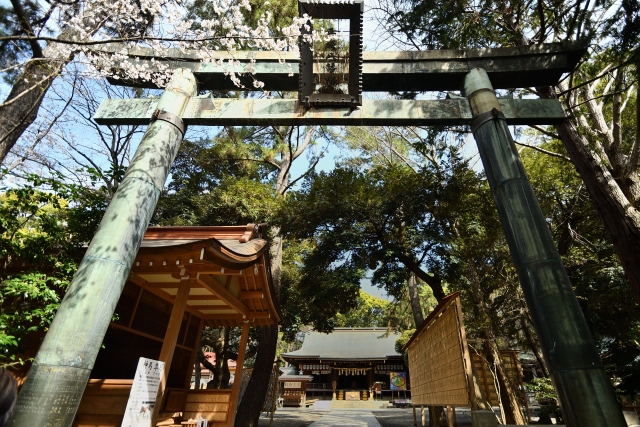
Hiratsuka Hachimangu Shrine is located in an urban area, but is blessed with abundant nature, making it a healing space. The lush greenery of the Hiratsuka Hachimangu Shrine grounds includes a beautiful pond, a bridge over the pond, and surrounding pine trees, which create a picturesque landscape. Herons can sometimes be seen in the pond, allowing visitors to feel the breath of nature.
Charms and Features of the Precincts
The hall of worship, located in the center of the temple grounds, is a historic structure that was restored by Tokugawa Ieyasu. The beautiful vermilion-lacquered shrine pavilions are a testament to the shrine’s prestige and leave a deep impression on worshippers.
On the west side of the shrine grounds is a beautiful pond, surrounded by pine trees that create a seasonal beauty. The bridge over the pond is a popular photo spot, and many visitors enjoy taking commemorative photos.
There is also a sacred horse stable on the approach to the shrine, where visitors can get a close-up look at the beautifully groomed sacred horses. If time permits, visitors can feed the horses, which is especially popular among worshippers with children.
Shichifukujin (Seven Gods of Good Fortune) Tour and Setouchi Shrine
There are several shrines located on the grounds of the shrine, each offering different blessings. Of particular note is Hiratsuka Benzaiten, which sits in the pond to the west of the temple grounds. This Benzaiten is well known as one of the “Shonan Hiratsuka Seven Lucky Gods Tour” and is worshipped by many worshippers as a god of entertainment, eloquence, academics, and wealth.
There are also Tsuruminezan Inari Shrine, Sengen Shrine, and other auxiliary shrines, and it is believed that visiting all seven shrines on the temple grounds will bring good fortune. By visiting each shrine at your leisure, you can explore every corner of the shrine grounds and fully enjoy the charm of Hiratsuka Hachimangu Shrine.
Experience touching sacred horses
One of the unique features of Hiratsuka Hachimangu Shrine is the experience of interacting with sacred horses. Two beautiful horses, Satsuki and Kochi, are kept in the sacred horse stable on the approach to the shrine.
Under the guidance of a staff member, even children can safely experience feeding the sacred horses. The sacred horses are considered to be vehicles of the gods, and it is believed that special blessings are bestowed upon them through up-close contact with them. This experience is especially popular with families, and will be a valuable memory for children.
Guide to Prayer and Worship

Hiratsuka Hachimangu Shrine offers a wide range of services so that many visitors can worship wholeheartedly. The shrine grounds are open 24 hours a day, allowing visitors to worship at any time of the day. Especially during the quiet hours of early morning and evening, the sacred atmosphere can be felt more deeply.
Worship Etiquette and Manners
Worship at Hiratsuka Hachimangu Shrine is conducted in accordance with general shrine etiquette. First, bow as you pass through the torii gate, and walk down the approach to the shrine avoiding the center of the path. After purifying your hands and mouth at the hand- and mouth-cleansing booth, proceed to the hall of worship.
At the hall of worship, you should bow in the manner of “ni-ai ni clap, ni-ii clap, ichi-ai” (two claps, one bow). After making a monetary donation and ringing the bell, bow deeply twice, then clap your hands twice, and finally bow once to end your visit. When making a wish, first express your gratitude to God, and then recite your specific wish in your mind.
It is important to refrain from loud conversations and running around in the precincts of the shrine, and to be mindful of the sacred nature of the place. Photography is generally allowed, but may be restricted inside the main shrine or during special festivals.
Annual and Seasonal Events
Hiratsuka Hachimangu Shrine holds various festivals throughout the year, the most important of which is the annual festival on August 15. In the early morning of August 15, a large portable shrine is paraded along the beach at Ohgi-no-Matsu Beach and enters the sea, followed by the Hama Matsuri (beach ceremony). The Hamaori Matsuri is one of the greatest highlights of Hiratsuka Hachimangu Shrine and attracts a large number of spectators.
In June and December, a purification ceremony is held to purify the defilements of the past six months by passing through a cogon grass ring. Especially during the purification ceremony in June, a large thatched ring is set up on the shrine grounds, and visitors pass through it praying for good health and safety.
Other seasonal festivals are held at the shrine, including the Tidan Festival on January 1, the Tenchosai Festival on February 23, and the Shinmae Festival on November 23. These events have become important annual events for the local people and attract many worshippers.
In summer, the Bonbori Festival is held and the temple grounds are beautifully decorated. Also, during the annual festival in August, Bon Odori (Bon dance) and Yumei (walking and shooting) rituals are held, allowing visitors to experience traditional culture close at hand.
Red Seal and Good Luck Charm Information
Hiratsuka Hachimangu Shrine offers three types of red seals. The first is a basic red seal of Hiratsuka Hachiman-gu Shrine with “Chinchi Daijin” written on it, the second is a red seal for “Hiratsuka Benzaiten”, and the third is a red seal for “Tsurumineyama Inari”. The red seals are available from 8:00 a.m. to 3:00 p.m., and the initial fee is 300 yen.
Original red seal booklets are also available, and the design with komainu (guardian dogs) is popular among worshippers. There is also a beautifully designed red seal book with a Katsushika Hokusai-style design of Red Fuji and a sacred horse on the waves of Sagami Bay.
There are also a wide variety of good luck charms available for various wishes, such as protection against bad luck, traffic safety, academic success, safe delivery, and business prosperity. In particular, amulets associated with sacred horses are popular as unique gifts unique to Hiratsuka Hachimangu Shrine.
There are also a wide variety of omikuji, including the standard omikuji, the omizukuji for men, the manfuku mikuji with maki-e stickers, and the children’s mikuji with lucky erasers, allowing visitors to choose according to their age and preference.
Access/Use Information
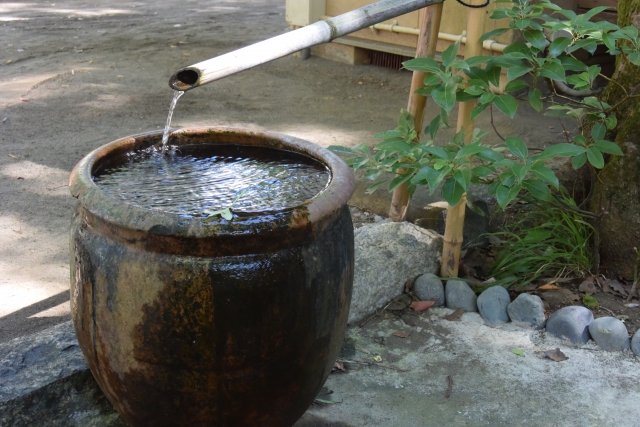
Hiratsuka Hachimangu Shrine is located in the center of Hiratsuka City and is easily accessible from JR Hiratsuka Station. Access by train is most convenient, but access by car is also possible.
Traffic Access
Access by train is an approximately 8-10 minute walk from the North Exit of Hiratsuka Station on the JR Tokaido Line. From the station, go straight north on Festa Road and cross Route 1 to reach Hiratsuka Hachimangu Shrine. If you wish to visit the shrine via Omotesando, walk along Hiratsuka Hachimangu Omotesando, one street west of Festa Road, and you will see a red torii gate in the distance.
For access by car, the shrine is about 10 minutes away from the Samukawa Minami Interchange on the Ken-O Expressway. It is also easily accessible from Route 1 and Route 129.
When using a bus, Kanagawa Chuo Kotsu buses are available. It is convenient to get off at bus stops such as “Shiyakusho-mae” and “Hachiman-jinja-mae” from the north exit of Hiratsuka Station.
<Address> 1-6 Sengen-cho, Hiratsuka-shi, Kanagawa 254-0041
Hours of worship, fees, and parking information
Hiratsuka Hachimangu Shrine is open 24 hours a day, and visitors can come and pray at any time. However, red seals and prayers are available from 8:00 am to 5:00 pm. There is no charge to visit the shrine, but an additional fee is required if you wish to receive a red seal or pray.
Parking is available for several cars in the precincts of the shrine, but the number of cars is limited and the parking lot may be full, especially during festivals, weekends, and holidays. Coin-operated parking is available in the vicinity, so we recommend that you check in advance if you plan to visit the shrine by car.
If you wish to pray, advance reservations are recommended. Various prayers are available, such as those for exorcism of bad luck, protection from all directions, first shrine visit, Shichi-Go-San visit, safe delivery, and traffic safety, etc. Prayer fees vary depending on the content of the prayer.
The temple grounds are barrier-free and wheelchair-accessible. However, some of the steps around some of the smaller shrines and the pond area may require assistance.
Reference sites
Hiratsuka Hachimangu Shrine official website: http://www.hachiman.org/
Kanagawa Prefectural Shrine Office: https://www.kanagawa-jinja.or.jp/shrine/1209139-000/
Shonan Hiratsuka Navi|Hiratsuka City Tourism Association: https://www.hiratsuka-kankou.com/spot/hachimangu.html


